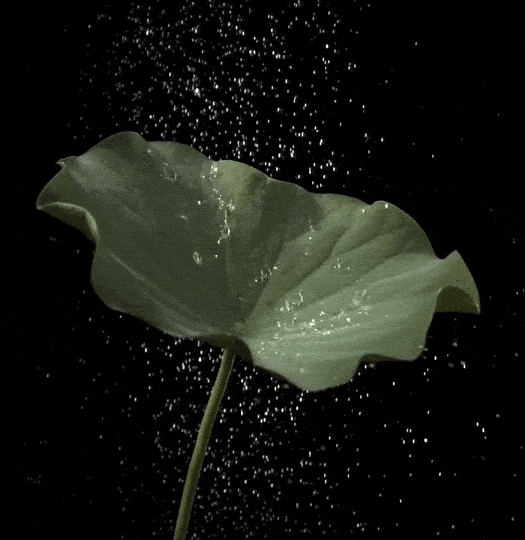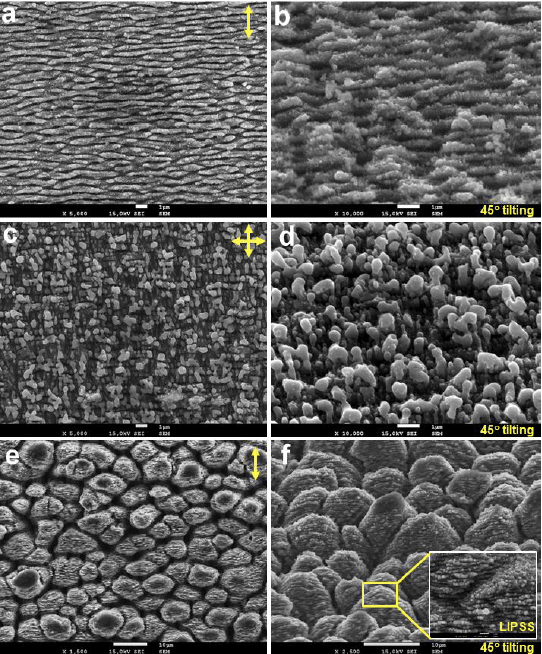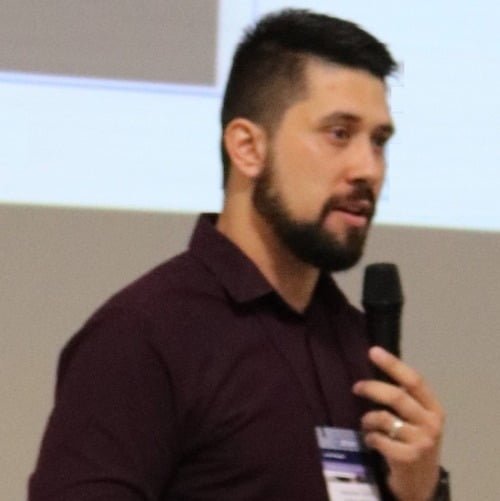
During surgery and implantation of prosthetic implants, microorganisms tend to be introduced onto the implant surface, and then the so-called “race for the surface” begins. This phenomenon is a competitive event between bacteria biofilm formation and tissue integration.
Genetoo tackles this problem by modifying prosthetic implant surfaces using Laser Surface Texturing strategy. This technology inhibits bacteria attachments and biofilm growth without the need for antibiotic treatments, letting the body tissue surrounding the implant interacts with its surface and growth.

Laser Surface Texturing is an established set of technologies that relies on the modification of material surfaces with the aid of laser beams. During laser processing, the irradiation of the laser generates a thermal effect that leads to the ejection of material from the interacting surface area. This creates a plethora of nano- and microstructures while also modifying chemical surface properties such as wettability, bacteria adhesion, or biocompatibility. Moreover, this technology is environmentally friendly, scalable, precise, rapid, and extremely reproducible.

Among the several the Laser Surface Texturing technologies available the most well-known is named Direct Laser Writing (DLW) and is based on the direct irradiation of a material surface with a single laser beam generating different ablated structures in the nano- and microscales.
Some of the surface structures generated can be classified as followed: (a-b) Laser-Induced Periodic Surface Structures (LIPSS), (c-d) nanopillars array (NP), or (d-e) arrays of nanopillars covered with LIPSS (MS-LIPSS)
DLW significantly reduces the bacteria population on treated surfaces compared to untreated ones. Moreover, DLW does not impede biofilm growth but even enhances tissue integration in osteogenic and non-osteogenic medium (Alpha-MEM).
- All





